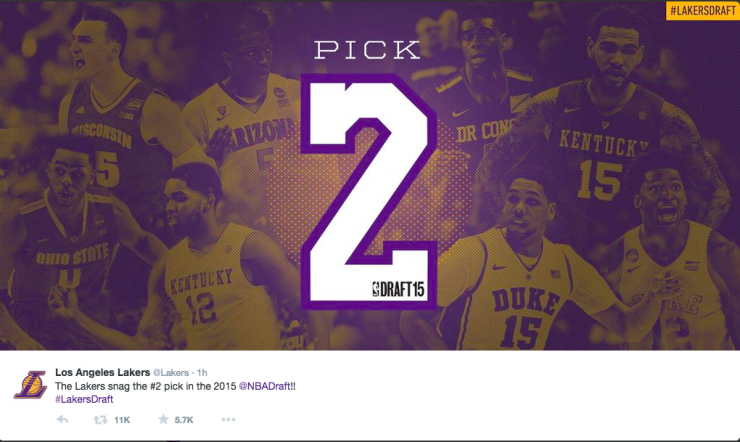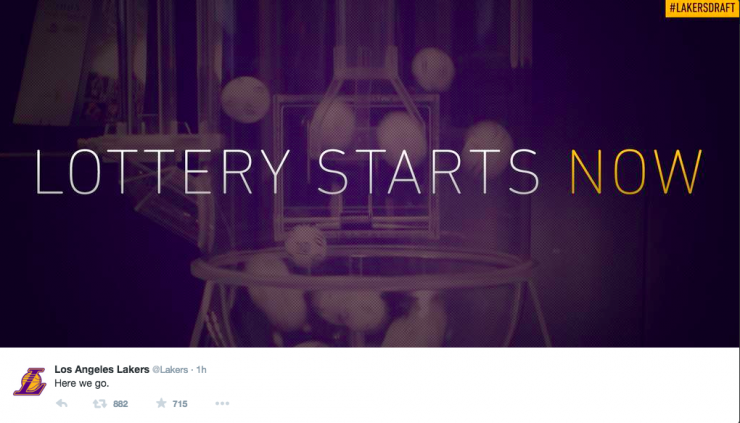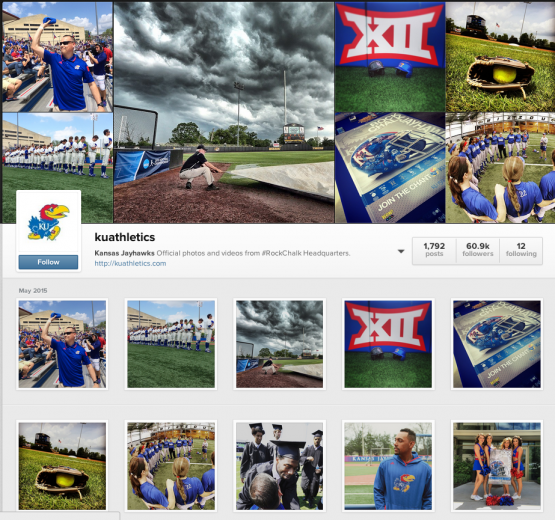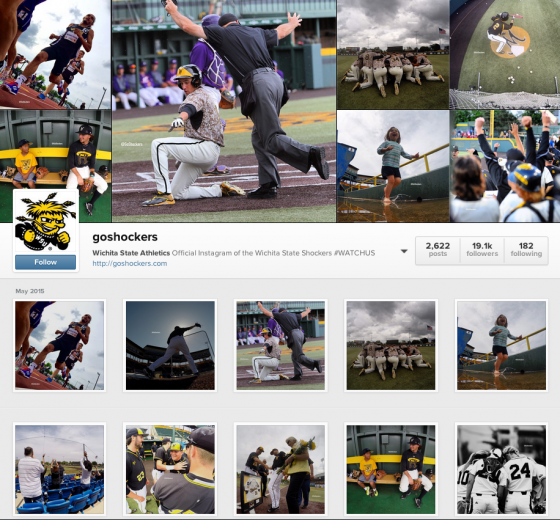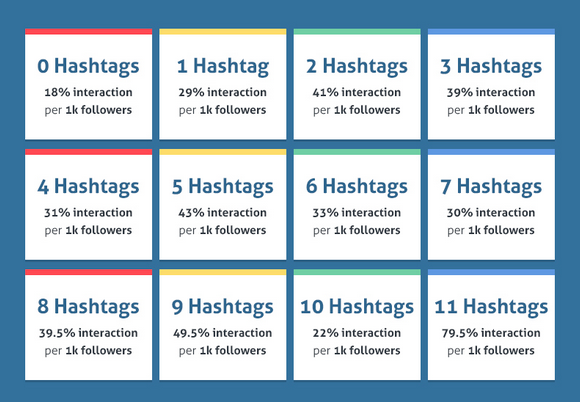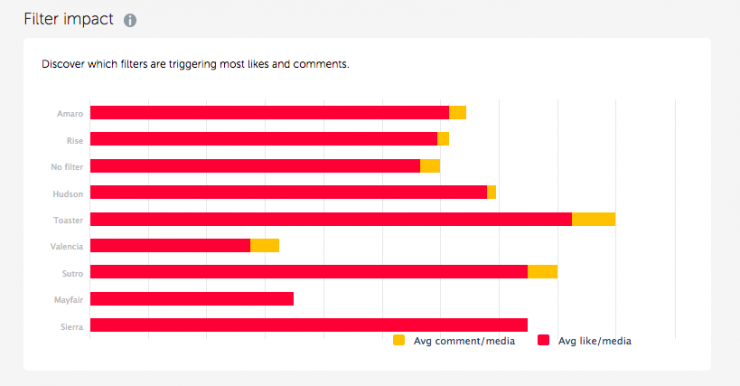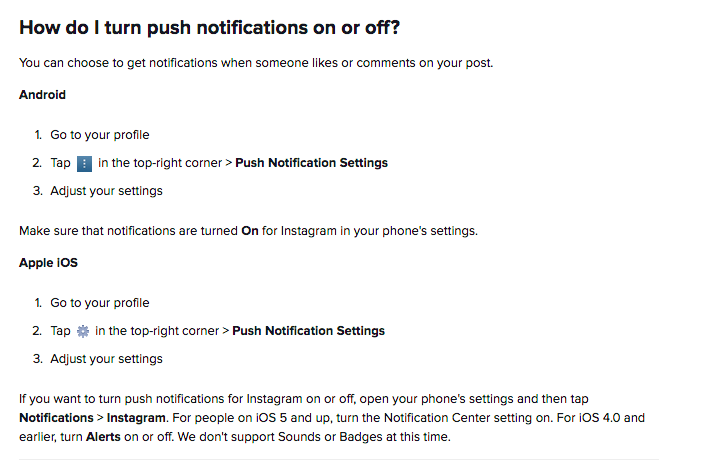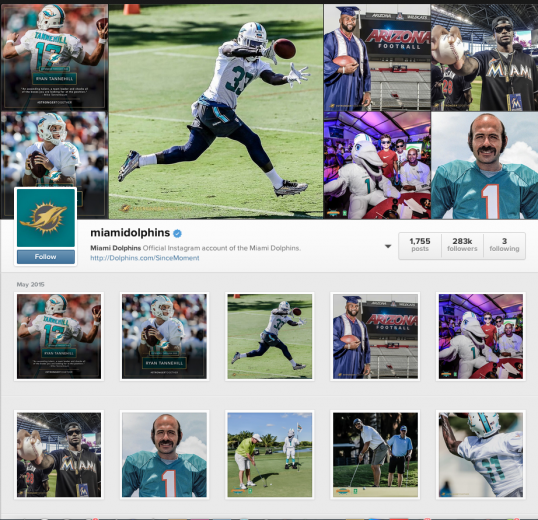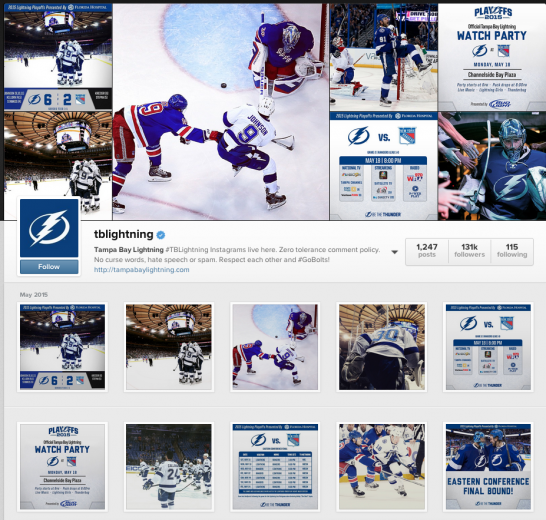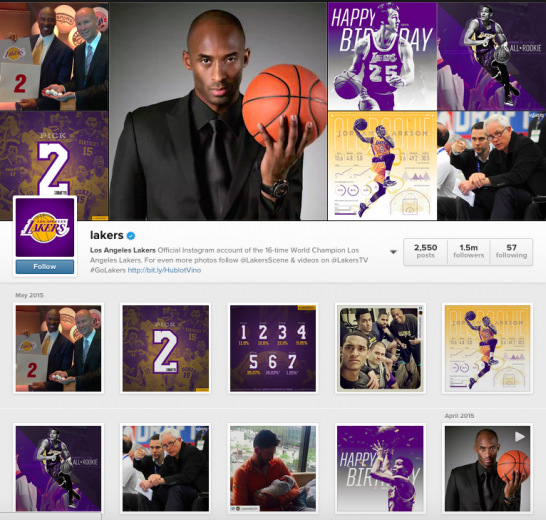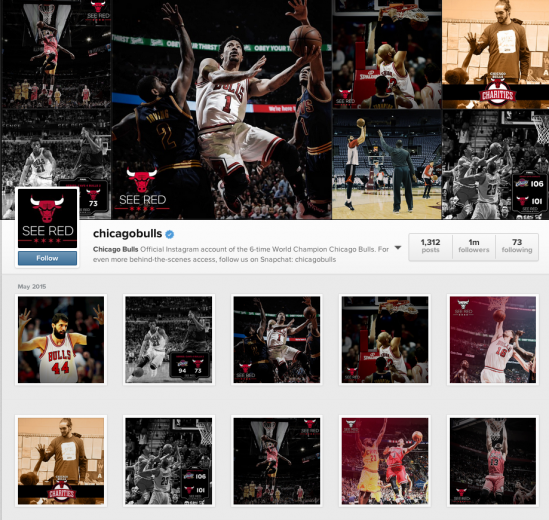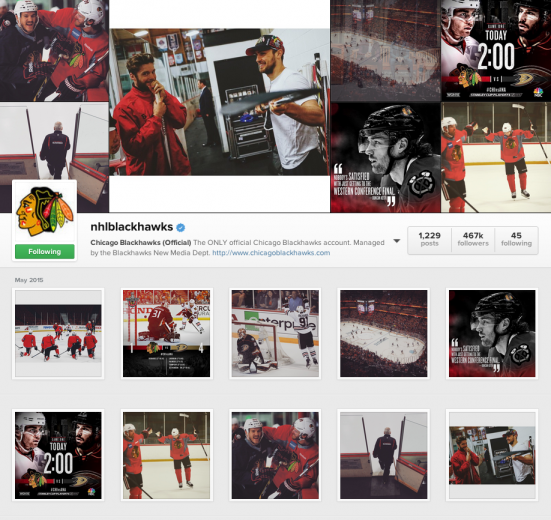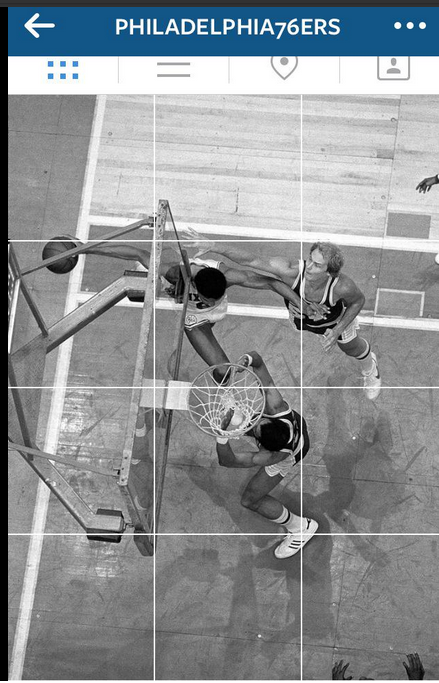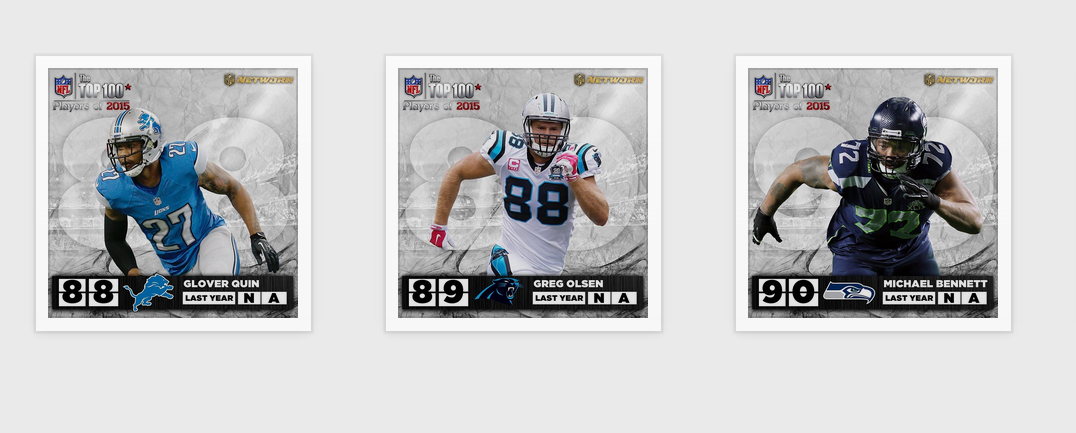This blog post is here to battle the social dump that goes on all too often in organizations. Where social media teams spend their time managing the “post this” and “post that” instead of a meaningful strategy. Where someone hands over creative and tells social to “build a calendar” instead of helping to shape how it comes to life. This dumping, without understanding, has to stop.
We all know the shift that has happened with consumers. Move over TV, because phone addiction is a real thing. Social media and digital is now the FIRST connection to a brand or team. So why would you treat social media (and the team) as an afterthought?
To create a holistic marketing strategy that actually drives towards business goals, then your social media team needs a seat at the table. No, that doesn’t mean looping them in during a go-to market meeting with final assets. It means looping them in from day one, the moment conversations and brainstorms start to happen around a campaign or initiative.
Social media roles are often looked at as tactical ones (again, going back to the post this and the post that). But social media is so much more than tweeting and facebooking all day. Social media is the heartbeat, voice and constant connection of your brand. Adding value through social requires strong thinking, intention and stellar creative.
Your social team / person needs a seat at the table because their experience in the space can help shape things. They offer insights into your community and what they crave. They know the platforms inside and out. They see creativity on the internet day in and day out. Your social media team, when leveraged correctly, should be a wealth of knowledge into what will work and what will not.
Social media has grown up. The world, consumer and marketing is all digital first. It’s not just tactical, just tweeting, just poking. It’s about strategy and purpose. It’s time to treat it as such.
As marketers, our No. 1 goal should be building a comprehensive, compelling plan that feels cohesive and seamless no matter where it lives. A true and seamless omni-channel experience won’t happen if channels live in a silo. You wouldn’t create plans for other channels without bringing in the experts. Stop pushing “stuff” on your social media team, and instead, ask them how they can help you reach x goal. Your conversations, engagement, reach and goals will drive forward even more.
